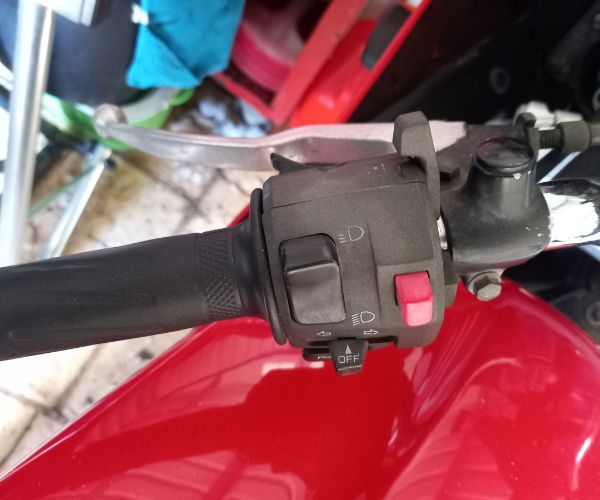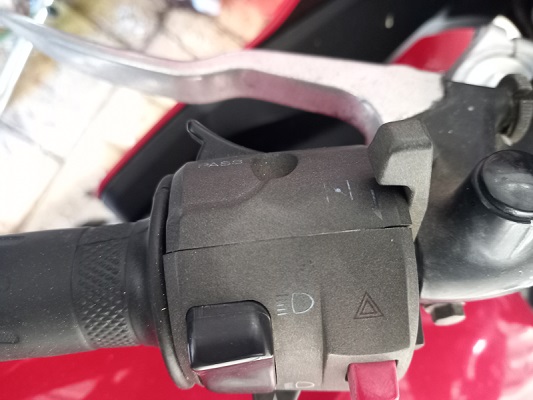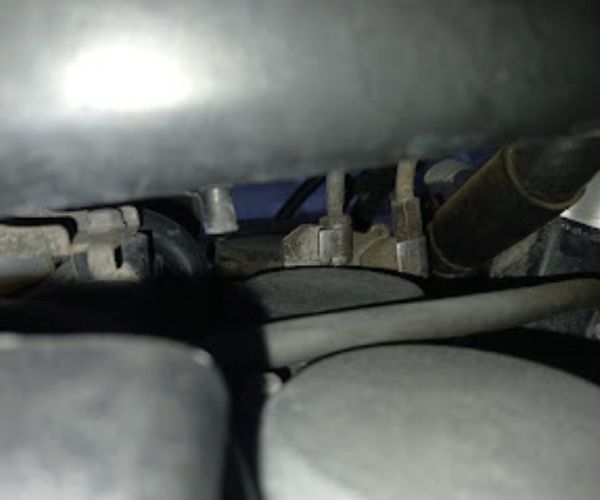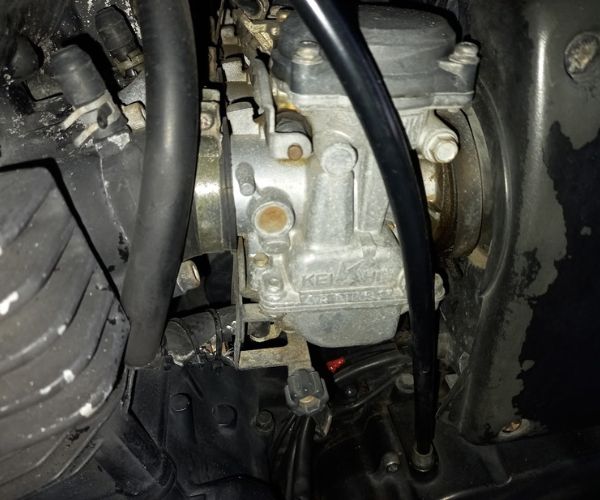If you’re under 30 and have only ever ridden modern motorcycles or scooters, the chances are you have never encountered a choke.
Since the advent of fuel injection, chokes on motorcycles have become less common. However, you can still find chokes on some modern bikes, and if you like classic motorcycles, you’ve probably seen one.
This short article describes why you need a choke, how to use it, and some common choke problems.
What Is the Purpose of a Motorcycle Choke?
When a motorcycle engine is cold, particularly in colder climates, it needs a little help to get started. The motorcycle choke restricts (chokes) the airflow into the engine, increasing the fuel-to-air ratio.
The richer fuel-to-air mixture causes the engine to rev a little faster than usual at tick-over, which prevents it from stalling. The engine warms up, therefore reducing the choke, and by extension, the amount of fuel.
How Do You Use a Motorcycle Choke?

There are two common ways of applying a choke to an engine. One uses a lever on the handlebars that operates the choke, and the other is a small lever on the side of the carburetors.
Using a choke is a balancing act. You need enough to keep the engine running but not so much that it floods the engine. The flip side is that the engine will stall if you don’t use enough choke.
There are no indications on the choke, and adjustment is all made by listening to the engine and increasing or reducing the choke so the engine ticks over smoothly. It is trial and error, but you will learn how much choke your motorcycle needs after a while.
In cold climates, with a cold engine, start with a full choke but keep your hand on the lever, ready to adjust as required. As the engine warms up, you can slowly reduce the choke until the motorcycle ticks over with the choke closed.
You can start riding with the choke still on but remember to turn the choke off as the engine warms up.
Do You Always Need to Use the Motorcycle Choke?
No, you don’t always need to use the choke. In warmer climates, you may not need much choke at all, if any.
My wife’s Yamaha Fazer 400 has a manual choke, and as we live in Cyprus, where temperatures in the summer can easily top 90 degrees Fahrenheit. She often doesn’t need to use the choke.
What Happens If I Leave the Choke On?

Leaving your choke on when the engine is warm can have several effects.
The Engine Stalling
Once your motorcycle engine is warm, the settings on the carburetors control the fuel-to-air mixture. With the choke on, the fuel mixture is too rich, with insufficient air for the engine to run efficiently, and it may very likely stall when you stop.
Using Too Much Fuel
Leaving your choke on while riding will waste fuel and money. The fuel-to-air mixture will be too rich, putting excess gas into the engine that it cannot burn. As soon as the engine is warm, turn the choke off.
Fouling Your Spark Plugs
Too much fuel in the combustion chamber prevents the spark plugs from firing correctly and fully igniting the gas. The weak spark won’t burn all the fuel. Finally, the plugs become so wet that they don’t spark at all.
This condition is known as fouling and is the same as flooding a motorcycle engine when trying to start it.
Common Motorcycle Choke Problems
1. Choke Lever Is Sticking
A handlebar-mounted choke lever will use a cable to operate the choke on the carburetors. The motorcycle choke lever is a convenience, so you don’t need to fiddle around the carbs trying to pull the choke out. Similar to having the choke lever on the dashboard of your car.
Hard to see, but this is where the throttle and choke cables attach to the carburetors on my wife’s Yamaha Fazer:

As with any cable, it can become dry and start to stick, and in this case, possibly holding the choke on even when you think you have closed it.
You can probably feel that the cable is sticky when you move the choke lever, but you can check by looking at the top of the carbs and watching the choke move up and down as you operate the handlebar lever.
The fix for this problem is either a new cable or lubricating the old one. Depending on how bad the problem is, changing the cable for a new one might be quicker and easier.
There may be an issue with the choke lever on the carburetors rather than the cable, but this is far less common than a sticky cable.
2. Blocked Carburetor Pilot Jet
While not directly related to the choke, a blocked pilot jet will become apparent when you turn the choke off.
The purpose of the pilot jet is to help with low throttle settings so that as you close the throttle, there is enough fuel to keep the engine running. When the choke is on, the fuel-air mixture is fuel rich, keeping the engine running. But once you close the choke, a blocked pilot jet may cause the engine to stall.
To cure the problem, you could put some carburetor cleaner in the fuel tank, but in my experience, this rarely works. The problem is that the carburetor jets have tiny apertures and can easily get blocked if there is dirt in the fuel.
You must remove, strip, and clean the carburetors if the carb cleaner doesn’t work. On a four-cylinder motorcycle, this might be quite a technical job.
3. Idle speed adjustment
While talking about the pilot jet, the idle speed adjustment is worth mentioning. On most carburetors, you will see an adjustment knob. You use this to set the throttle stop, preventing the engine speed from dropping too quickly.
Turning the knob clockwise usually increases idle speed, while turning it counterclockwise will reduce engine speed.

Unless you’re riding a reasonably old bike, maybe built before the year 2000, the chances are you won’t encounter a choke. Most modern bikes are fuel injected and remove this inconvenience.
I grew up on two-stroke motorcycles, Yamaha RD’s primarily, and fiddling with the choke was part of the fun! Nowadays, life is much easier. Just push the start button, and the ECU will sort everything out for you!